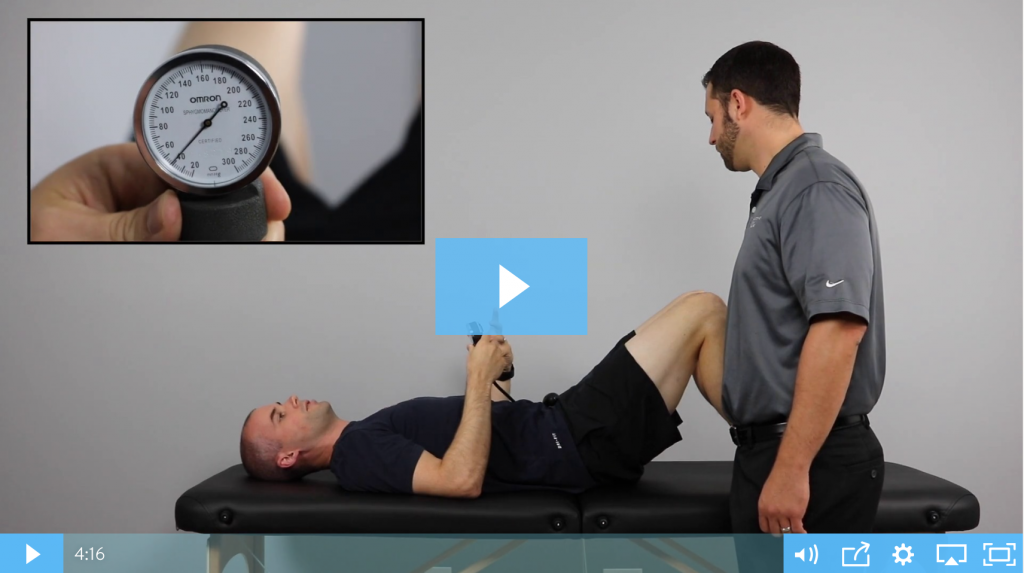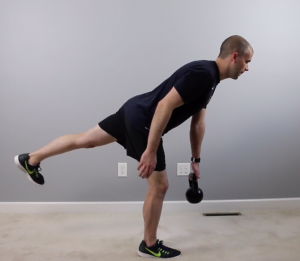I don’t think there is a runner that I have met in the past 3 years who has not at least heard of “core strength”, which speaks to its importance. Everyone reading this likely incorporates some type of core strengthening into a variety of treatment or training plans, and I want to share something with you that has made core strengthening MUCH more effective with the runners that I treat.
Runners are notorious for their lack of core strength. Until a few years ago, I would do a pretty standard core routine with my runners and tell them that they need to do this for life. They often struggled with proper form and because there were little immediate benefits they would rush through a core program just to check it off the list of things they SHOULD be doing.
What I do with runners now is able to show immediate improvements and gets them engaged by knowing if they are doing it correctly. I recently used this with a high level runner with complaints of lower back and hip pain. After taking them through this exercise they were able to see an immediate improvement in their symptoms, showing both the patient and I how beneficial this is.
Click on the picture below to watch a video on a simple way to teach pelvic neutral that will elevate your core-strengthening program and get better results.
What I love about doing this is that it uses motor learning principles of immediate feedback and focus on an external control. I find this facilitates longer lasting gains and improved transfer into more functional tasks. Once a runner has mastered this on the table, begin to move them into more functional positions. For my runners I like a Single Leg RDL (click on the pic below to see video) to promote gluteal activation and a neutral spine in forward leaning trunk positions.
I hope this helps and be sure to check your patients out to make sure they are maintaining a neutral pelvic position. What other things have you noticed make a big difference with core strengthening?
Many thanks to Doug Adams for this fantastic article.

